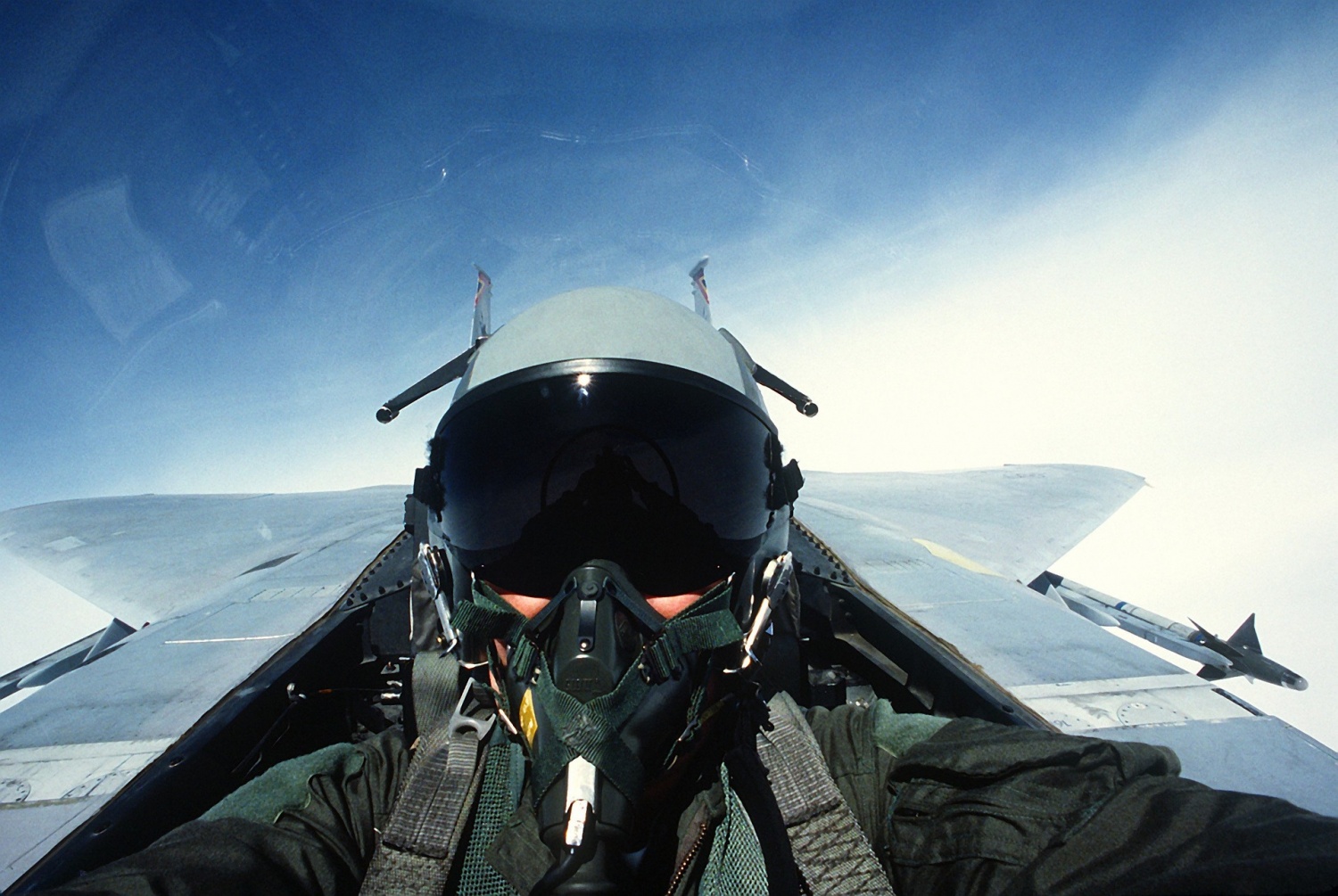
Whether it's something you've wanted ever since you were a kid or it's your way of trying to see if you could be a pilot, a home flight simulator is a pretty fun DIY project. And, if you do it right, you'll get to enjoy it for years to come.
However, if you want to create an immersive flight experience, you may have to invest both time and money in finding the tools, gear, and software. The good news is that flight sim technology is a lot more accessible nowadays, and you can reuse many of the tools you probably already own.
So, without further ado, here are the tools you'll need to make your dream come true:
Computer, Monitor(s), and Software
These items are the very foundation of your flight simulator. The computer will run the software, and the monitors will provide the image that will make it look like you're really in the cockpit of a plane.
The good news is that you don't need an ultra-high-powered gaming computer. However, most flight simulators that are worth your money do need a powerful computer with a dedicated graphics card and fast processor. Recommended system requirements include an Intel Core i5-8400 or AMD Ryzen 5 1500X processor, 32 GB of RAM, and an NVIDIA GTX 970 or AMD Radeon RX 590 graphics card.
In terms of monitors, you'll want a large monitor or multiple monitors to provide an immersive experience. A high-resolution monitor will help you see the details of the aircraft and the terrain, and if you link three monitors together, things get a lot more interesting.
The two most commonly used flight sim software programs are Microsoft Flight Simulator and X-Plane. If you want stunning graphics and realistic weather effects, missions, challenges, and real-time air traffic data, then Microsoft's program is best for you. On the other hand, X-Plane offers more realistic flight physics and aerodynamics, and has a customizable weather system.
Accessories
To get as close to the real-world piloting experience as possible, you'll also need a yoke (a joystick) to control the aircraft. Add to this a set of rudder pedals, which control the yaw (the left and right movement).
Other accessories may include speakers or headphones, a microphone, and/or a web camera. Some gamers also like to have a fully immersive experience, so they ditch the displays for a VR headset.
Lastly, you may want a cockpit enclosure or simulator frame to create a more realistic cockpit environment and make the simulator feel more like a real aircraft.
How Much Will It Cost?
Unless you have some money saved or you are willing to spread out this DIY project over a long period of time, you may have to consider a small loan. The good news is that you can apply online for a personal loan, and if your credit score is good, you may be approved pretty quickly.
When you add up the computer upgrades, monitors, software, accessories, frame, and other items, the cost can add up from a few hundred to several thousand dollars or more, depending on the level of realism and complexity you're aiming for.
However, if you can afford the loan and carefully plan out your payments, you can have an amazing home flight simulator customized to fit your needs. And, if you decide to start flight lessons (real-life ones), you can still use the simulator to practice.
Key Takeaways
Building your own realistic flight simulator at home is possible, but you need the right hardware and software tools, plus accessories. Therefore, you have to consider all the costs and make the right decisions for your future.





